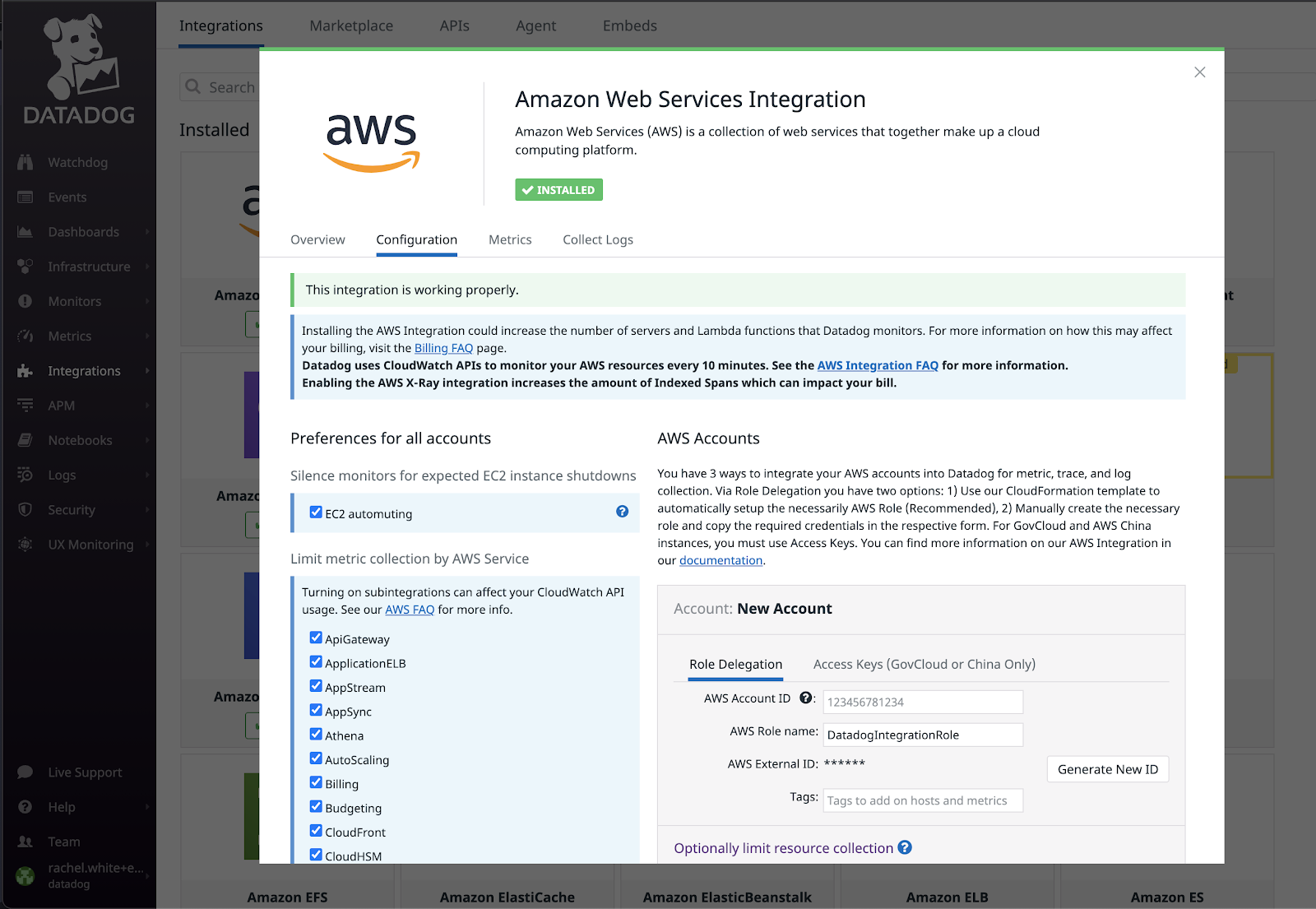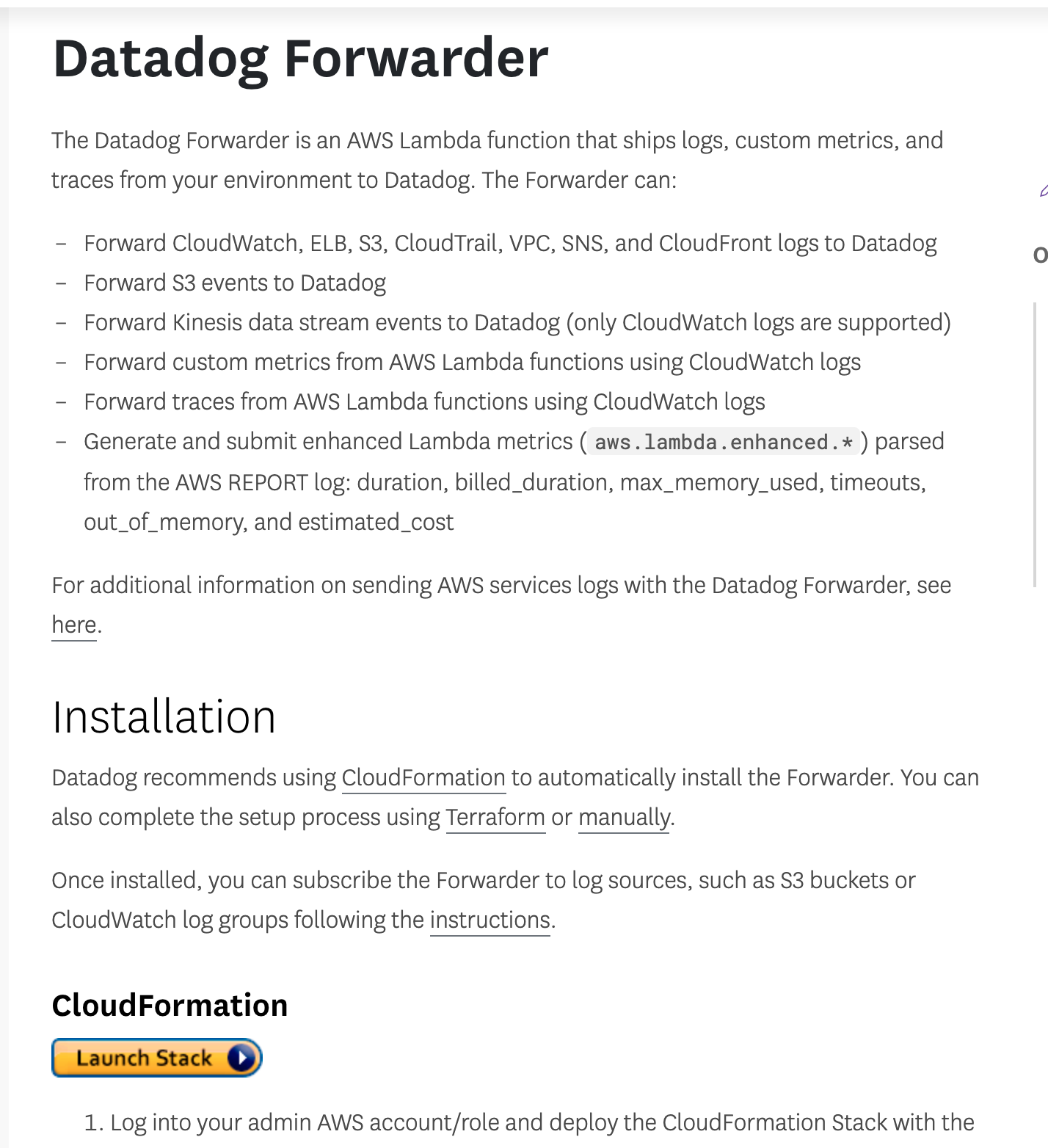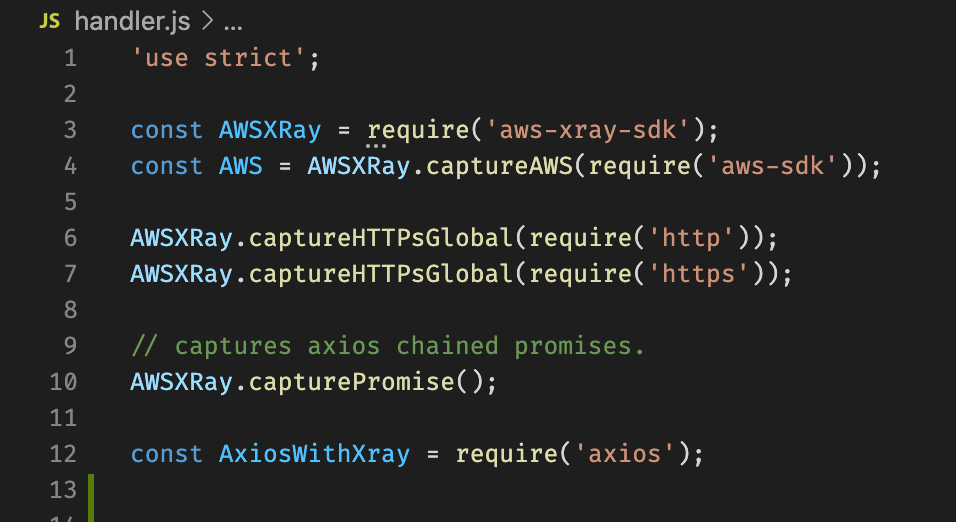Rachel White
Technologist, Artist, Pretend-Cyborg
Rachel White is a technologist, artist, and pretend-cyborg who is currently a Technical Evangelist at Datadog. Previously at American Express, Microsoft, IBM, and Adobe. She is interested in new uses for old hardware, useless robots, VR/AR/MR, and bots. She has spoken internationally about Node.js, JavaScript, Creative Coding, IoT, Artificial Intelligence, NodeBots, and hardware. She's a previous artist in residence at Pioneer Works where she worked on a series that visualized what modern cybernetic augmentation could look like with todays hardware and special effects makeup. Her other interests include glitch art, 80s horror, and indie games. Her aesthetic is fog machines, laser lights, and broken VHS tapes.
She’s always looking for new opportunities to connect with people in areas related to open source, developer outreach & education, and new innovations in art and tech. She loves talking to other developers about their own personal projects, and helping new speakers workshop talk ideas. Or maybe you just want to say hi! If so, contact her at loveless [at] gmail [dot] com
Part 2 - How to Monitor a Serverless Application
serverlessnode.jsawsmonitoringdatadogDatadog makes setting up monitoring on your serverless function easy with our AWS Integration.

The first part is enabling the AWS integration. Head to the AWS integration tile and fill in your information.
The AWS integration sets up some IAM roles and begins scraping your AWS account for information about what’s going on within your AWS infrastructure.
Next we set up the Datadog Forwarder Lambda function, which is required for ingestion of AWS Lambda traces, enhanced metrics, custom metrics, and logs.
https://docs.datadoghq.com/serverless/forwarder/

You can just launch right from our documentation. It’ll ask you for your Datadog API key, which you can find under Integrations > APIs on your Datadog Dashboard.
https://app.datadoghq.com/account/settings#api
Now that we’ve added the integration and forwarder, we can begin to instrument our Lambda function.
We’ll need to is add some more information to our serverless.yml file.
custom:
datadog:
flushMetricsToLogs: true
apiKey:
addLayers: true
logLevel: "info"
enableXrayTracing: true
enableDDTracing: true
forwarder:
enableTags: true
injectLogContext: true
plugins:
- serverless-plugin-datadog
https://docs.datadoghq.com/serverless/serverless_integrations/plugin/
Our serverless plugin has configuration options that you can use as needed for your specific use cases. You’ll need to add your Datadog API key here.
In addition to the serverless plugin, we’re going to add the AWS X-Ray integration, which lets developers trace distributed applications built using AWS products.
https://docs.datadoghq.com/integrations/amazon_xray/?tab=nodejs
You need to make sure the following permissions are present in the policy document for your AWS/Datadog Role before adding to your code.
'use strict';
const AWSXRay = require('aws-xray-sdk');
const AWS = AWSXRay.captureAWS(require('aws-sdk'));
AWSXRay.captureHTTPsGlobal(require('http'));
AWSXRay.captureHTTPsGlobal(require('https'));
// captures axios chained promises.
AWSXRay.capturePromise();
const AxiosWithXray = require('axios');
After that we head back to our handler.js file from Part 1. Run npm install aws-xray-sdk and require it in your Lambda function first because you want to catch everything that happens after it’s included.

We add the code for capturing all HTTP and HTTPS traces, as well as capturing chained promises, which is super important since so much of Node.js is promise based.
We’re also going to change the Axios global name to axioswithxray just so we remember we’re catching those responses as well. We’llchange the line in our code that was previously making the Axios call as well.
Run sls deploy one last time so our instrumentation is fully reflected in our serverless function, and that’s all we have to do for our specific use case.
You can see additional documentation for tracing SQL queries and other options on the X-Ray documentation: https://docs.aws.amazon.com/xray/latest/devguide/xray-sdk-nodejs.html
Now that we have set up the AWS Integration and instrumented our serverless application, we can begin to have more insight into how our systems are working.
